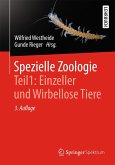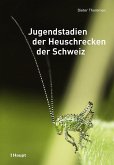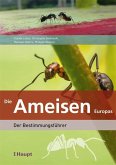Insects represent over half of the planet's biologicaldiversity. This popular textbook provides a comprehensiveintroduction to this extraordinary diversity, and places entomologycentral to the theory and practice of evolutionary and ecologicalstudies. Fully revised, this fifth edition opens with a chapterconcerning the popular side of insect studies, including insects incitizen science, zoos and butterfly houses, and insects as food forhumans and animals. Key features of insect structure, function, behaviour, ecology and classification areintegrated with appropriate molecular studies. Much of thebook is organized around major biological themes: living on theground, in water, on plants, in colonies, and as predators,parasites/parasitoids and prey insects. A strong evolutionary themeis maintained throughout. There is major revision to the chapter on systematics and a newchapter, Insects in a Changing World, includes insect responses to,and the consequences of, both climate change and human-assistedglobal alterations to distributions. Updated'Taxoboxes' demonstrate topical issues and provideconcise information on all aspects of each of the 28 majorgroupings (orders) of insects, plus the three orders of non-insecthexapods. New boxes describe a worrying increase in insect threatsto landscape and commercial trees (including eucalypts, palms andcoffee) and explain the value of genetic data, includingevolutionary developmental biology and DNA barcoding, in insectbiodiversity studies. The authors maintain the clarity and conciseness of earliereditions, and extend the profuse illustrations with new hand-drawnfigures. Over 50 colour photographs, together with the informativetext and an accompanying website with links to video clips,appendices, textboxes and further reading lists, encourage a deeperscientific study of insects. The book is intended as the principaltext for students studying entomology, as well as a reference textfor undergraduate and graduate courses in the fields of ecology,agriculture, fisheries and forestry, palaeontology, zoology, andmedical and veterinary science.








